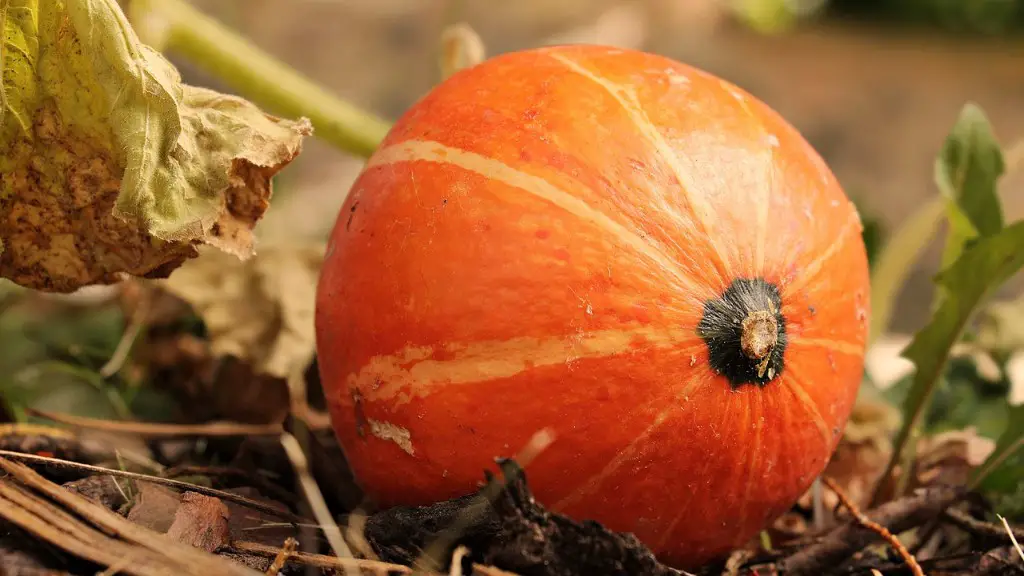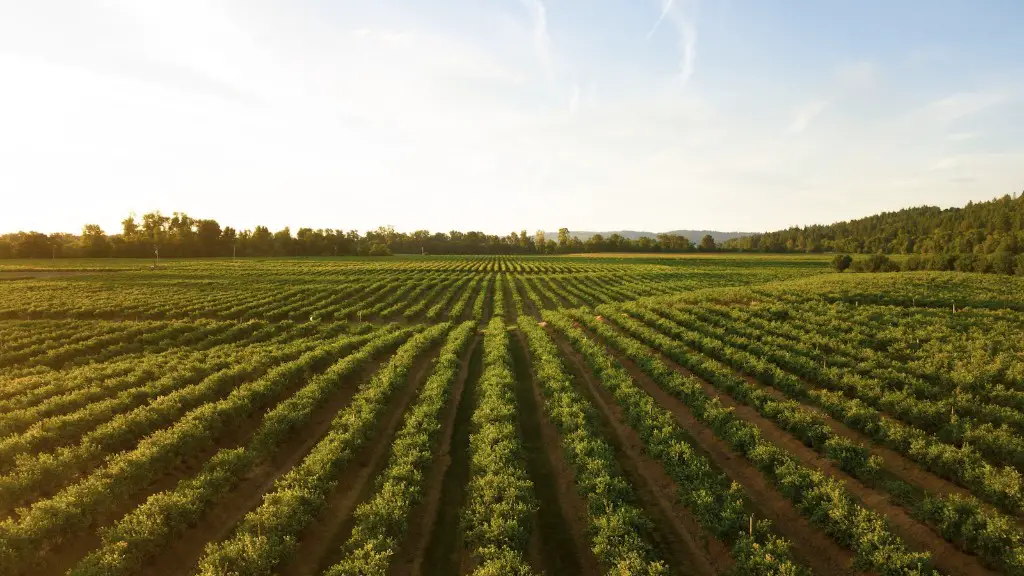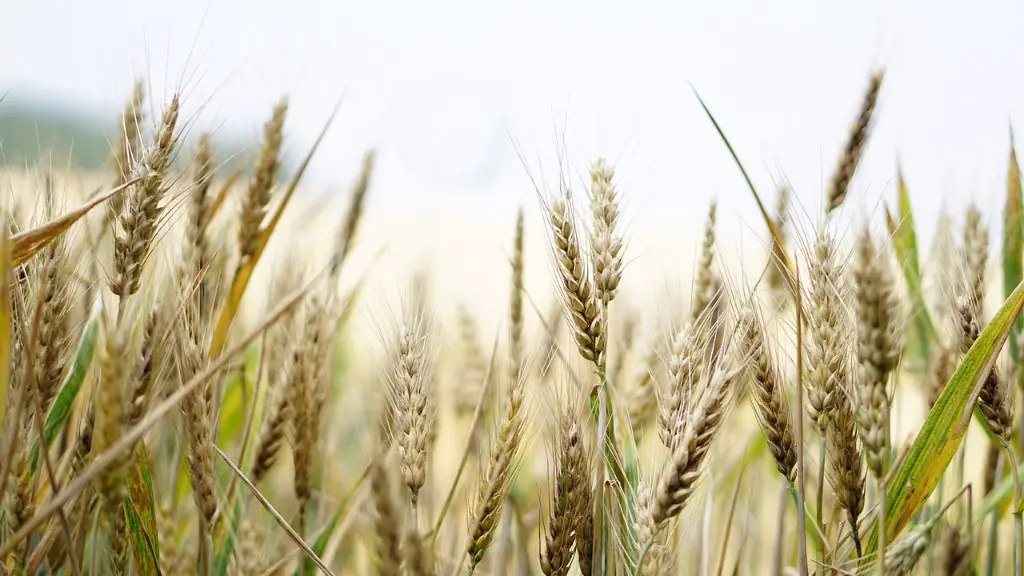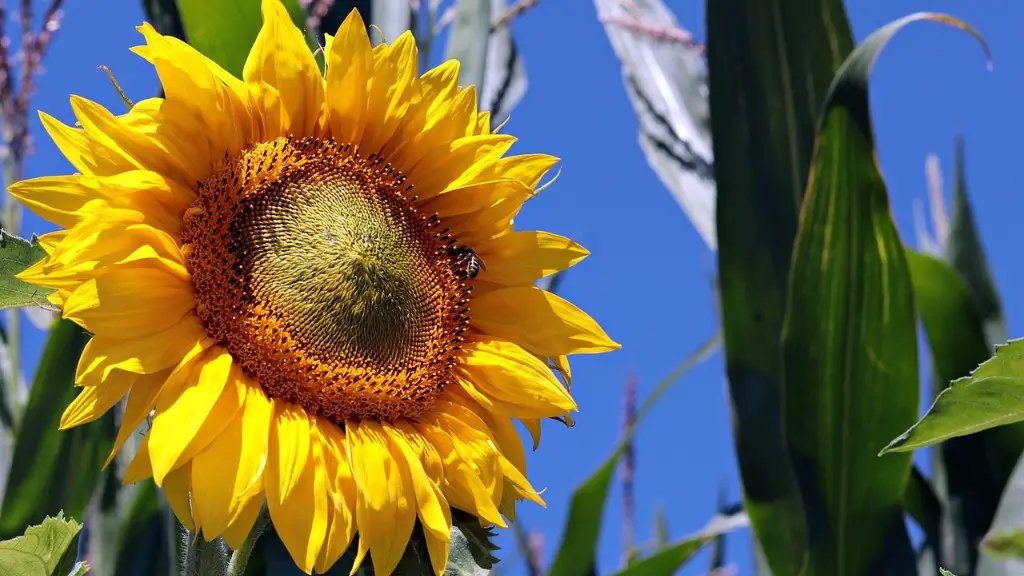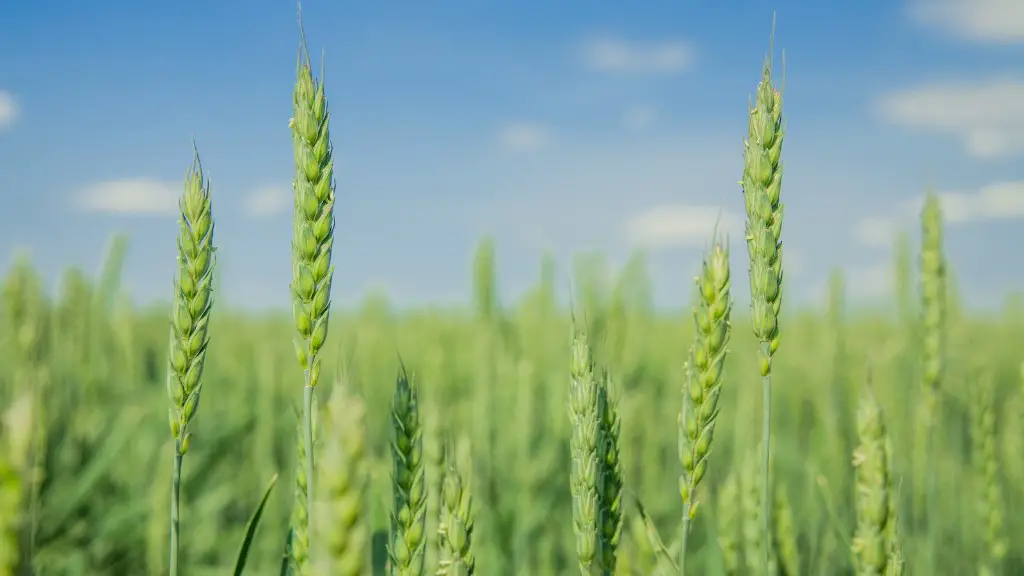Agricultural activities are a major source of water pollution. Chemicals used in farming, such as fertilizers and pesticides, can pollute water sources. Animal waste from farms can also contaminate water. Agricultural runoff, which is water that flows from fields into waterways, can carry pollutants like pesticides, sediment, and nutrients into lakes, rivers, and streams. This can cause serious water quality problems.
Agricultural pollutants that can contaminate water include animal waste, crop residues, fertilizers, pesticides, and other chemicals used in farm operations. These pollutants can enter water bodies through runoff or leaching and can cause water pollution.
How can agriculture contribute to water pollution?
Agricultural contaminants can impair the quality of surface water and groundwater. Fertilizers and pesticides can runoff and infiltrate into local streams, rivers, and groundwater, contaminating the water. This can lead to water quality issues, such as decreased water quality and decreased aquatic habitat.
The National Water Quality Assessment (NWQA) shows that agricultural runoff is the leading cause of water quality impacts to rivers and streams, the third leading source for lakes, and the second largest source of impairments to wetlands. Agricultural runoff can contain a variety of pollutants, including Sediment, nutrients, pesticides, and pathogens. These pollutants can degrade water quality and impair the use of water bodies for drinking, recreation, and aquatic habitat.
How does agriculture waste water
Agricultural wastewater can come from a variety of sources, but some of the most common include manure, milking center wash water, barnyard and feedlot runoff, egg washing and processing, and slaughterhouse wastewaters. Agricultural wastewater can contain a range of pollutants, including pathogens, nutrients, and chemicals, which can pose risks to human health and the environment if not properly managed. There are a variety of ways to treat and manage agricultural wastewater, and it is important to choose the best option for your specific needs.
Nonpoint source pollution from agricultural activities can be caused by a variety of factors, including poorly managed animal feeding operations, overgrazing, and overworking the land. These activities can lead to water contamination from run-off and leaching, as well as air pollution from dust and emissions. To help mitigate these impacts, farmers and land managers can implement best management practices such as rotational grazing, cover crops, and proper land disturbing activities.
How does agriculture affect the water crisis?
Agriculture is a major driver of water scarcity, as it accounts for almost 70 percent of all water withdrawals globally. In some developing countries, this figure rises to 95 percent. With the world’s population continuing to grow, we will have to use our natural resources more wisely, and water is no exception.
There are a number of ways to tackle water scarcity in agriculture, such as improving irrigation efficiency, using drought-resistant crops, and reducing wastage. Each farm and each country will have to tailor its approach to meet its specific needs and conditions. But one thing is clear: we cannot continue to use water as we have in the past. We must learn to use it more efficiently and sustainably, for the sake of our farmers, our food security, and our planet.
Agricultural pollution has many different sources. Nitrogen-based fertilizers can produce potent greenhouse gases and can overload waterways with dangerous pollutants. Chemical pesticides with varying toxicological effects can contaminate our air and water or reside directly on our food.
Does agriculture have any impact on pollution?
Farming activities can have a significant impact on water quality. Nutrients, pesticides, and other pollutants can enter lakes, rivers, and groundwater, affecting the quality of these water bodies. Animal agriculture is a major contributor to these pollution problems, and needs to be better managed to protect water resources.
Soil NOx emissions from agricultural lands in California are a significant source of pollution in the state. The Central Valley region is a particularly important contributor to these emissions, due to the high density of agriculture in the area. Reducing soil NOx emissions from agricultural lands is a key challenge for California in its efforts to improve air quality.
What are the main causes of water pollution
The main causes of water pollution are global warming, deforestation, industry, agriculture and livestock farming, rubbish and faecal water dumping, maritime traffic, and fuel spillages.
The agricultural sector is a significant contributor to greenhouse gas emissions, specifically carbon dioxide, nitrous oxide, and methane. In 2020, the US agricultural sector emitted an estimated 6695 million metric tons of carbon-dioxide equivalent. Of that total, 505 percent was nitrous oxide, 375 percent was methane, and 120 percent was carbon dioxide. While the agricultural sector has taken steps to reduce emissions, there is still more work to be done to further decrease emissions and help mitigate climate change.
What are 3 negative effects of agriculture on the environment?
Large-scale farming is not sustainable in the long run. It contributes to climate change, pollutes air and water, and depletes soil fertility. We need to find alternative ways of producing food that are more sustainable and have a smaller impact on the environment.
Agricultural residues are materials left over from agriculturally-derived products and include things like crop stalks, leaves, and husks. These materials can contain nutrients that can pollute waterways if they are not managed properly.
Fertilizers and pesticides are applied to crops to help them grow, but can also pollute rivers if they runoff into them. Fertilizers can increase the growth of algae and aquatic plants, which can deplete oxygen in the water and lead to fish kills. Pesticides can harm fish and other aquatic life.
Animal husbandry can also contribute to water pollution. Animals can deposit manure into waterways, which can contain harmful bacteria and nutrients that can lead to algae blooms. Manure can also runoff from fields during heavy rains, polluting rivers.
Excess salts from applied irrigation water can also pollute rivers. When irrigation water evaporates, it leaves behind salts, which can build up in the soil and make it difficult for plants to grow. Excess salts can also make water unfit for human consumption.
What are two causes of agricultural pollution
Nutrient pollution from agricultural sources is a major problem in many parts of the world. Fertilizers and animal manure are rich in nitrogen and phosphorus, and when these nutrients wash into nearby waters or leach into ground waters, they can have a major impact on water quality. Excess nutrients can cause a variety of problems, including eutrophication of lakes and rivers, and the development of harmful algal blooms. Nutrient pollution is a major issue for both surface and ground water quality, and it is important to take steps to reduce nutrient runoff from agricultural areas.
Agriculture is one of the leading causes of environmental degradation. Agriculture contributes to climate change, deforestation, biodiversity loss, dead zones, genetic engineering, irrigation problems, pollutants, soil degradation, and waste. These environmental problems cause environmental degradation and can have a negative impact on the environment and human health.
What are 3 ways humans pollute water?
Point source pollution is when pollution comes from a single source, like an oil rig. Nonpoint source pollution is the leading cause of water pollution, this is when pollution comes from multiple sources, like agricultural runoff. Transboundary pollution is when polluted water spills from one country to another.
Fluorine is a very important element in nature, and fluorides are the most important of all the fluorine salts. Arsenic is a very common metalloid found in the atmosphere, the hydrosphere and the soil; there are other natural pollutants such as manganese, uranium, radon, cesium and lithium.
Warp Up
Agriculture is a leading cause of water pollution, accounting for around 70% of all water pollution worldwide. The main sources of agricultural water pollution are:
-fertilizers and pesticides
-animal waste
-irrigation
-leaching from agricultural fields
Agriculture is one of the leading causes of water pollution. The main sources of agricultural water pollution are animal waste, crop production, and fertilizer and pesticide use. Animal waste can contaminate water with harmful bacteria and nutrients. Crop production can pollute water with chemicals from pesticides and fertilizers. Fertilizer and pesticide runoff can also contaminate groundwater.

